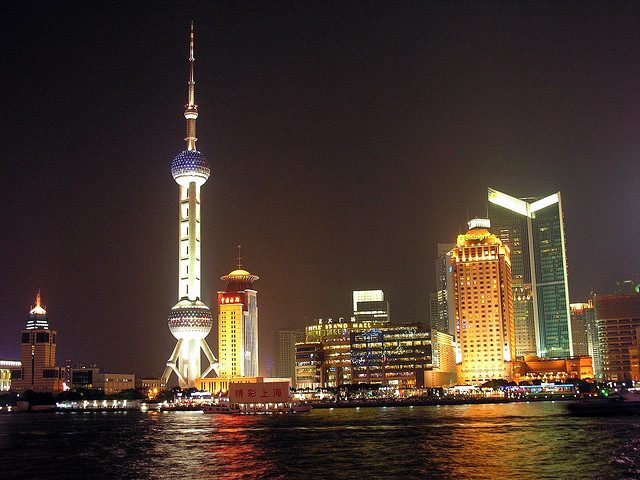The dynamics of China’s asset management space have changed over the past 24 months, so much so that managers moving early may find themselves at a disadvantage as the regulatory landscape changes.
Deregulation has largely dictated some of the emerging trends, with new avenues such as the impending Hong Kong-China mutual recognition agreement (MRA) and Shanghai Free Trade Zone (FTZ) popping up as alternative ways to tap assets in China. Distribution bottlenecks have also been eased with a spate of easing measures since June last year.
At the same time, the Renminbi Qualified Foreign Institutional Investor (RQFII) space has seen substantial developments and it now appears to be a business that is not just exclusive to Chinese managers anymore.
“These avenues contrast sharply with the traditional route of establishing a joint venture fund management company (JV FMC) in China, which has lost some of its luster in recent months with the exit of BNY Mellon,” says Felix Ng, a senior analyst at Cerulli.
However, it is still early in the long-term development of China’s asset management industry, and it is not uncommon for firms to capitalize on regulatory loopholes. This was seen in the explosive growth of trust products set up by subsidiaries of mutual fund firms, now worth RMB1.6 trillion-500 times their registered capital.
But regulatory voids do not last long in China. For instance, the China Securities Regulatory Commission (CSRC) has announced plans to finalize and implement new regulations for the money market fund segment before year-end 2014.
“Any measures introduced by the CSRC may not be detrimental to foreign managers who are used to the much stricter due diligence processes required by their parents,” notes Yoon Ng, Asia research director at Cerulli.
Increased oversight reflects regulators’ intention to exercise more authority on the development of the asset management industry on the domestic front, she adds.


